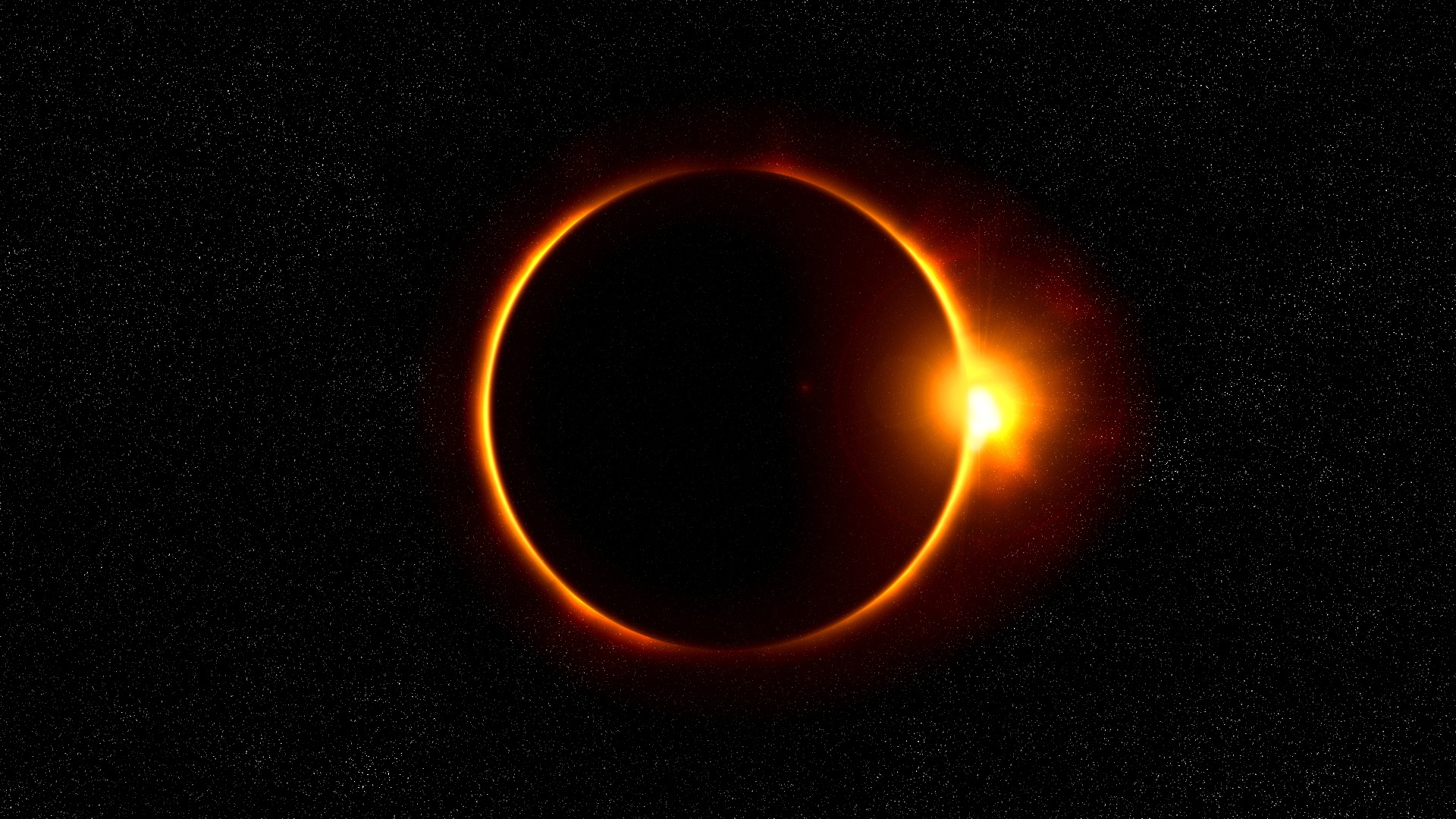
On June 16, the European Space Agency (ESA) announced that two satellites successfully created an “artificial total solar eclipse” in space. This breakthrough will provide scientists with detailed data to better understand the sun and its atmosphere, particularly the corona.
The Proba-3 Mission and Precision Flying
The satellites, named Coronagraph and Occulter, flew just 429 feet apart in precise formation for several hours without ground control. This complex maneuver is part of ESA’s Proba-3 mission, designed to study the sun’s corona — the outer layer of the sun’s atmosphere — and phenomena such as solar winds and coronal mass ejections.
Dietmar Pilz, ESA’s director of technology, engineering, and quality, described the mission as “the world’s first precision formation flying mission,” praising the stunning images produced that validate their technologies.
During the eclipse, the Occulter blocked the sun’s direct light, allowing the ASPIICS optical instrument aboard the Coronagraph satellite to capture detailed images of the solar corona. These images were then processed at the Royal Observatory of Belgium’s ASPIICS Science Operations Center, creating visual data for the scientific community.
Jorge Amaya, ESA’s space weather modelling coordinator, explained that the Proba-3 coronagraph offers unprecedented observations close to the solar surface — something previously only possible during natural solar eclipses.
So far, the mission has successfully produced ten artificial eclipses, with the longest lasting five hours. Lead scientist Andrei Zhukov of the Royal Observatory of Belgium described the first successful attempt as “incredible” and almost unbelievable.
The data collected will enhance computer models of the sun’s corona and solar phenomena, helping to predict space weather events. This improved understanding could better prepare industries and citizens for the impacts of solar activity on Earth.
What The Author Thinks
Creating an artificial solar eclipse in space is a remarkable technological feat that opens new frontiers for solar science. By allowing continuous, controlled observation of the sun’s corona, Proba-3 overcomes the limitations of natural eclipses and will vastly improve our ability to predict and prepare for space weather. This mission exemplifies how precision engineering can deepen our understanding of fundamental cosmic processes that affect life on Earth.
Featured image credit: PxHere
For more stories like it, click the +Follow button at the top of this page to follow us.
